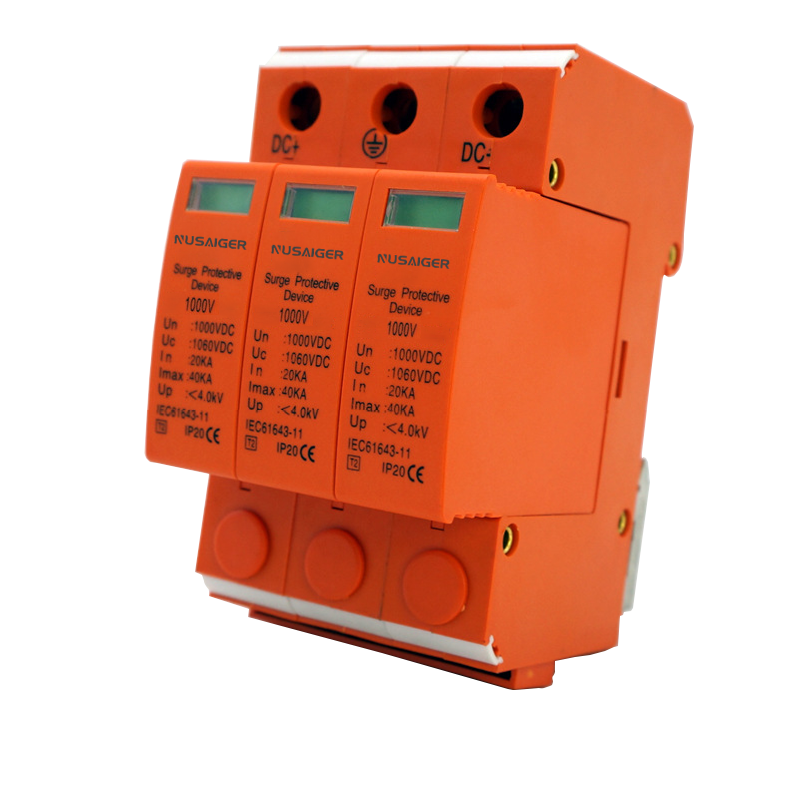Understanding Type 1, 2, and 3 Surge Protective Devices: A Comprehensive Comparison
Surge protective devices are categorized into different types based on their installation location and surge handling capabilities. For effective system-wide protection, it’s important to understand the distinctions between Type 1, Type 2, and Type 3 SPDs.
Type 1 Surge Protective Devices
Installed at the main service entrance, Type 1 SPDs are designed to protect against external surges, such as lightning strikes and utility switching. They’re installed before the main breaker and are often used in areas prone to frequent lightning activity.
Type 2 Surge Protective Devices
These devices are installed after the main breaker, typically at distribution panels. Type 2 SPDs protect against residual lightning energy and internally generated surges caused by appliances like HVAC systems and motors.
Type 3 Surge Protective Devices
Used at the point of use, such as wall outlets, Type 3 SPDs provide localized protection for specific devices like computers, TVs, and kitchen appliances. They are considered a last line of defense and are not designed to handle high-energy transients alone.
Why a Tiered SPD System Matters
Using all three types in a coordinated protection scheme ensures that surges are absorbed and mitigated at multiple stages. This layered defense reduces the chance of damage to sensitive loads, especially in high-risk facilities.
Conclusion
Choosing the right SPD configuration isn’t about selecting one type over the others—it’s about combining all three for comprehensive protection. For homeowners and professionals alike, understanding SPD classifications is the foundation of a resilient electrical system.



